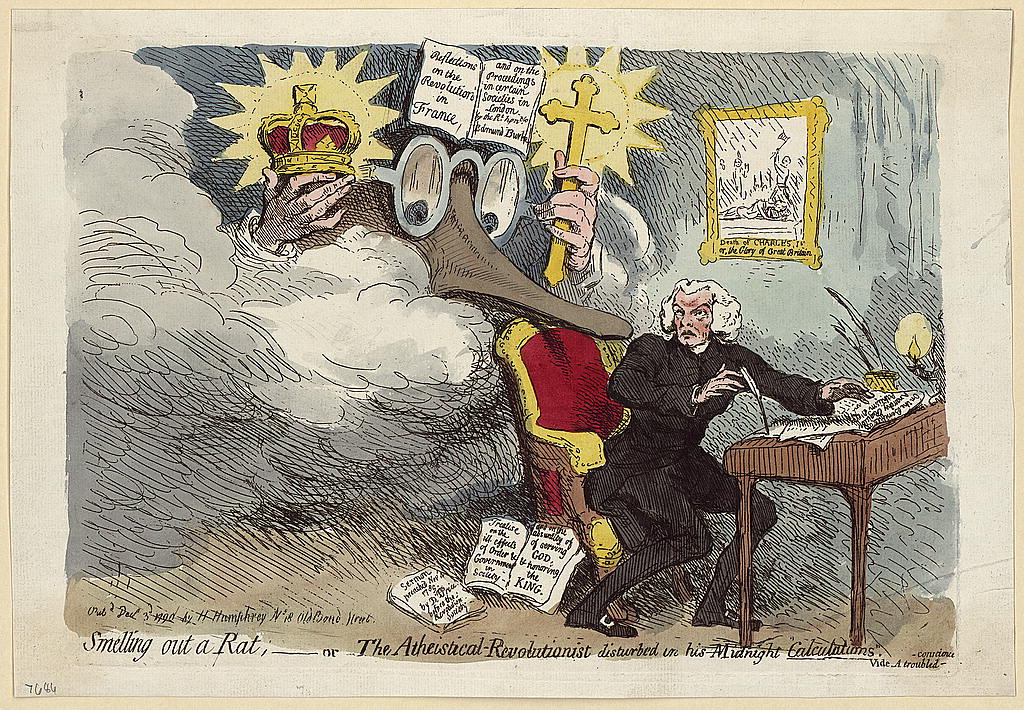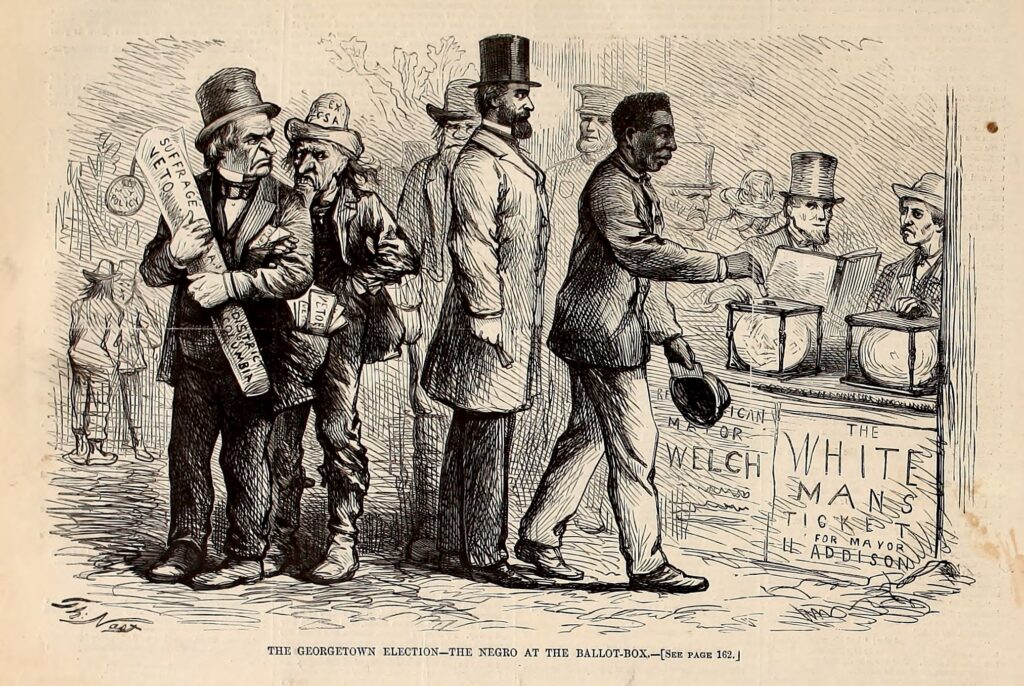Editorial cartoons have long been a powerful tool in journalism, offering a blend of humor, satire, and commentary that can distill complex issues into a single, impactful image. In the rapidly changing landscape of modern journalism, the role of editorial cartoons remains significant, though it has also evolved to meet the demands of a digital age. Let’s explore the enduring importance of editorial cartoons, their influence on public discourse, and how they continue to adapt in an era of instant information and diverse media platforms.
1. A Brief History of Editorial Cartoons
Editorial cartoons have been a part of journalism since the early days of print media, with roots tracing back to the 18th century. Early cartoonists like James Gillray and Thomas Nast used their art to comment on political events, often with biting satire. These cartoons were not just humorous; they were tools of persuasion, influencing public opinion and sparking debate. Over the centuries, editorial cartoons have evolved, but their core purpose—to provide sharp, visual commentary on current events—remains unchanged.

2. The Power of Visual Satire
One of the most significant strengths of editorial cartoons is their ability to use visual satire to convey a message. Unlike lengthy articles or editorials, a well-crafted cartoon can communicate complex ideas quickly and memorably. Through exaggeration, caricature, and symbolism, cartoonists can highlight the absurdities, contradictions, and injustices in political and social issues. This power to distill and clarify makes editorial cartoons an essential component of modern journalism.
3. Shaping Public Opinion
Editorial cartoons have a unique ability to shape public opinion. A single cartoon can spark conversations, influence perspectives, and even alter the course of public debate. Historically, cartoons like Thomas Nast’s depictions of Boss Tweed or Herblock’s portrayals of McCarthyism played crucial roles in swaying public opinion against corruption and demagoguery. In today’s media-saturated environment, editorial cartoons continue to serve as a barometer of public sentiment, often capturing the mood of the populace more effectively than written words.

4. The Role of Editorial Cartoons in Political Discourse
In political discourse, editorial cartoons serve as a form of visual commentary that can challenge authority, critique policies, and hold leaders accountable. By using humor and satire, cartoonists can address sensitive topics in ways that are both accessible and provocative. This makes editorial cartoons an important tool for democratic engagement, encouraging readers to question and reflect on the actions of those in power.
5. Editorial Cartoons as a Catalyst for Change
Throughout history, editorial cartoons have played a role in advocating for social and political change. During the Civil Rights Movement, for example, cartoonists used their platforms to highlight the injustices faced by African Americans, contributing to the national conversation on civil rights. Today, editorial cartoons continue to address issues like climate change, immigration, and inequality, often serving as a catalyst for awareness and action.
6. The Challenges of Censorship and Freedom of Expression
Editorial cartoonists have often found themselves at the center of debates over freedom of expression. The nature of their work—challenging authority and addressing controversial topics—means that cartoonists can face censorship, threats, and even violence. The 2015 attack on the French satirical magazine Charlie Hebdo is a stark reminder of the dangers that cartoonists can face. Despite these challenges, the role of editorial cartoons in defending free speech and holding the powerful to account remains vital.
7. The Evolution of Editorial Cartoons in the Digital Age
The digital age has transformed the way editorial cartoons are created, distributed, and consumed. Traditional print media has been supplemented by digital platforms, allowing cartoonists to reach global audiences instantaneously. Social media has become a powerful tool for sharing cartoons, enabling them to go viral and reach a wider audience than ever before. This shift has also allowed for greater diversity in the voices and perspectives represented in editorial cartoons.

8. The Impact of Social Media on Editorial Cartoons
Social media platforms like Twitter, Instagram, and Facebook have amplified the reach of editorial cartoons, but they have also introduced new challenges. The fast-paced nature of social media means that cartoons must compete with a constant stream of content, making it more difficult to stand out. Additionally, the brevity of social media can sometimes lead to misinterpretation or oversimplification of the nuanced messages that editorial cartoons often convey. Despite these challenges, social media remains a crucial platform for cartoonists to engage with their audiences and contribute to public discourse.
9. The Rise of Digital and Interactive Editorial Cartoons
In response to the digital revolution, some editorial cartoonists have embraced new technologies to create interactive and animated cartoons. These digital formats allow for more complex storytelling and can engage readers in new and innovative ways. For example, interactive cartoons may allow users to explore different perspectives on an issue or to see how a situation evolves over time. These innovations are expanding the possibilities for editorial cartoons in modern journalism.
10. Editorial Cartoons and the Global Perspective
The global reach of the internet has also allowed editorial cartoons to transcend national boundaries, bringing international perspectives into the conversation. Cartoonists from around the world can now share their work with a global audience, highlighting issues that may not be covered in mainstream media. This global exchange of ideas enriches public discourse and fosters greater understanding of international issues.
11. The Role of Editorial Cartoons in Holding Leaders Accountable
One of the most important functions of editorial cartoons is their ability to hold leaders and institutions accountable. By lampooning political figures, exposing hypocrisy, and critiquing policies, cartoonists serve as a check on power. This role is especially important in times of political turmoil or when democratic norms are under threat. Editorial cartoons can cut through official narratives and provide a voice for dissent.
12. The Enduring Appeal of Editorial Cartoons
Despite the challenges posed by the digital age, editorial cartoons continue to hold a special place in journalism. Their ability to communicate complex ideas in a concise and visually engaging manner makes them uniquely effective in capturing readers’ attention. The enduring appeal of editorial cartoons lies in their ability to provoke thought, inspire debate, and entertain—all while delivering a powerful message.

13. The Future of Editorial Cartoons in Journalism
The future of editorial cartoons in journalism is likely to be shaped by continued technological advancements and shifts in media consumption habits. While print media may decline, the demand for sharp, insightful commentary will not. Editorial cartoons will continue to adapt to new formats and platforms, ensuring their relevance in the evolving media landscape. As long as there are issues to discuss and leaders to hold accountable, editorial cartoons will remain an essential part of journalism.
14. The Importance of Supporting Editorial Cartoonists
To ensure the continued vitality of editorial cartoons, it is crucial to support cartoonists and the platforms that publish their work. This support can come in many forms, from subscribing to newspapers that feature editorial cartoons to sharing cartoons on social media. Additionally, defending the rights of cartoonists to express themselves freely is essential to maintaining a vibrant and diverse media landscape.
15. Conclusion: Editorial Cartoons as a Pillar of Modern Journalism
Editorial cartoons have been a cornerstone of journalism for centuries, and their role remains as important as ever in the modern era. As we navigate an increasingly complex and fast-paced media environment, editorial cartoons offer a unique and powerful way to engage with the world around us. Whether in print or online, these cartoons continue to inform, challenge, and entertain, proving that the art form is not only alive but also essential to the fabric of modern journalism.





One Comment